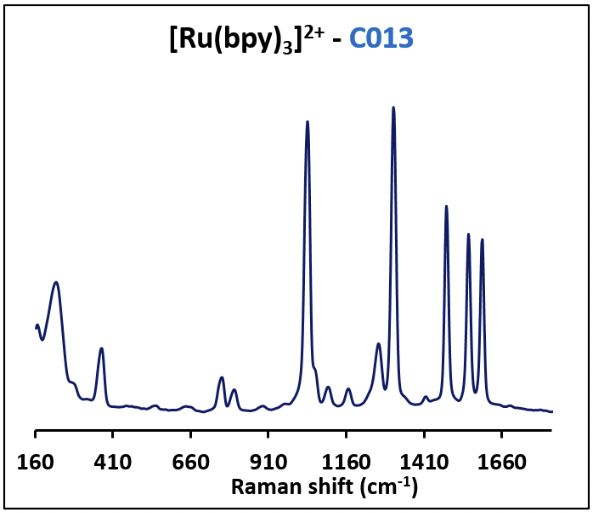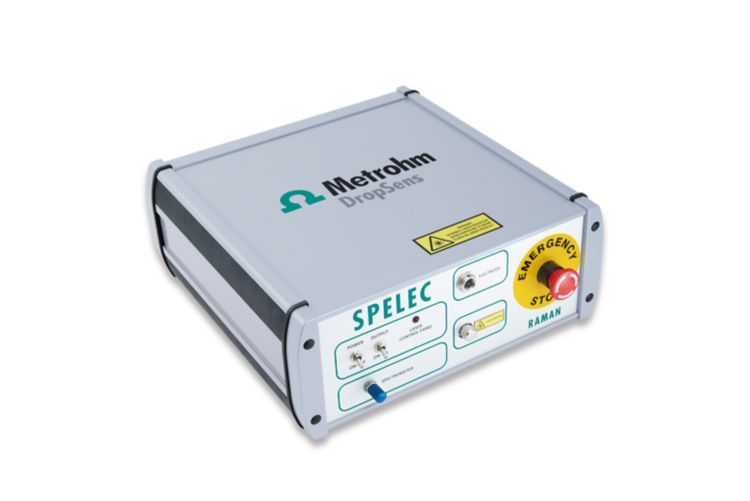Substrates for surface-enhanced Raman spectroscopy (SERS) are typically fabricated with complex (micro/nano)structures of noble metals, enabling trace level detection of analytes. Due to the high costs and reactivity of these SERS substrates, they often have a limited shelf life. Development of new substrate materials which minimize these issues yet maintain the same performance standards is a constant concern.
Screen-printed electrodes can be easily fabricated using different metallic materials with the well-established screen-printing method, leading to mass production of versatile, cost-effective, and disposable devices. In this Application Note, the feasibility of using readily-available screen-printed metal electrodes as suitable substrates for the fast and sensitive detection of different chemical species by in situ electrochemical SERS (EC-SERS) is shown.

Substrates for surface-enhanced Raman spectroscopy (SERS) are typically fabricated with complex (micro/nano)structures of noble metals to obtain high surface-area plasmonic surfaces, which are capable to enhance this effect and, therefore, the detection of chemical species at very low concentrations. These substrates are frequently high-priced and because their high reactivity, they often have a limited shelf life. Development of new SERS substrates that minimize these issues but preserving a good analytical performance is a constant concern.
Screen-printed electrodes can be easily fabricated with different metallic materials and the well-established screen-printing method leading to mass production of versatile, cost-effective and disposable devices. They could be promising SERS substrates.
In this Application Note, the feasibility of using readily- available screen-printed metal electrodes as cost-effective and disposable substrates for the fast and sensitive detection of different chemical species by in situ electrochemical SERS (EC-SERS) is shown.

The fabulous, compact and integrated instrument for Raman Spectroelectrochemistry, SPELEC-RAMAN, was used. This instrument integrates in only one box: a spectrometer, a laser source (785 nm) and a bipotentiostat/galvanostat.
Screen-printed metal electrodes (refs. C013 (Silver), 220BT (Gold), CU10 (Copper), SPCU10 (Silver/Copper)) were placed in the Raman cell (RAMANCELL) coupled with the RAMANPROBE, which allows to perform Raman measurements of the electrode surface at the optimal focal distance.
Screen-printed electrodes were electrochemically activated by cyclic voltammetry: C013 (from +0.3 V to -0.4 V), 220BT (from +0.6 to +1.2 V to -0.2 V), CU10 (from +0.15 V to -0.6 V) and SPCU10 (from +0.10 V to -0.4 V). A 60 μL solution of 0.1 M KCl containing the specific analyte was used for the in situ and simultaneous activation and detection. Concentrations were: 250 nM for [Ru(bpy)3]2+, 2 μM for 4-mercaptopyridine, 20 μM for Rhodamine 6G, 15 nM for Malachite green, 2.5 μM for Crystal violet and 80 μM for Nicotinamide.
 Share via email
Share via email
 Download PDF
Download PDF